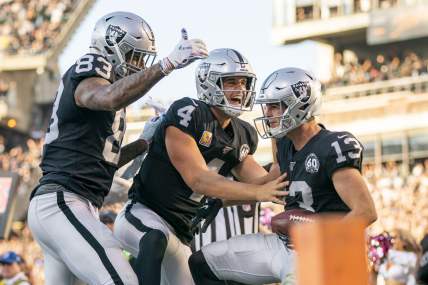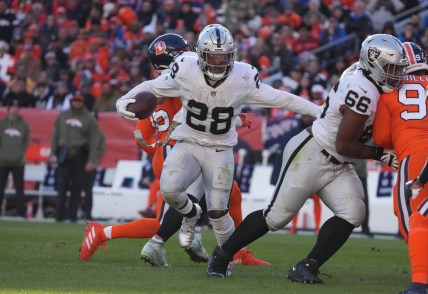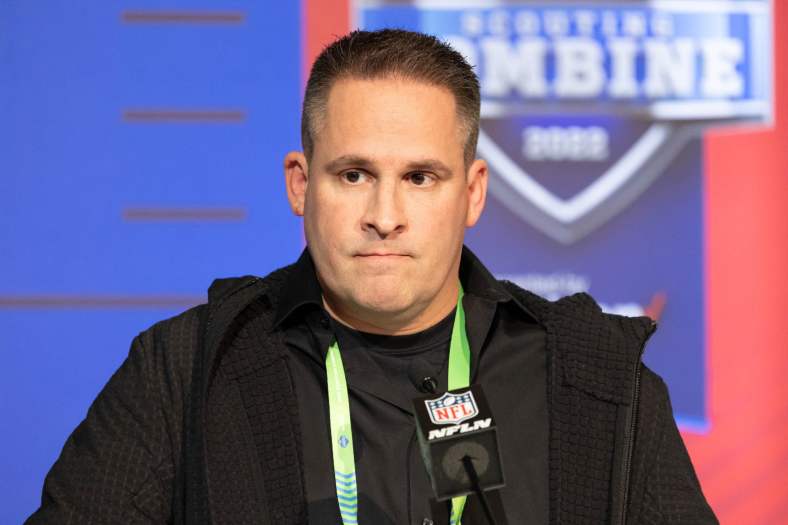
General manager Dave Ziegler continues to wheel and deal as he molds the Las Vegas Raiders roster. Last week, he made a move that struck a nerve with a portion of the fanbase.
On Friday, the Raiders traded wide receiver Bryan Edwards and a conditional 2023 seventh-round pick to the Atlanta Falcons in exchange for a 2023 fifth-rounder.
While the Falcons acquired a wideout who can start in three-wide receiver sets, Raiders fans wondered why the front office would deal a third-year player who’s coming off a decent season with 34 receptions for 571 yards and three touchdowns.
Though Edwards’ 2021 receiving numbers look solid on paper, those who watched the Raiders know he often disappeared for long stretches and at times when the team needed a playmaker to step up in the passing game without Henry Ruggs III (waived in November) and tight end Darren Waller hurt late in the season.
After Week 10 of the 2021 campaign, Edwards only scored one touchdown and eclipsed 30 receiving yards in one game (Week 18). Vegas didn’t deal a budding star; Ziegler capitalized on a young wideout’s trade value before it may have plummeted with a top-heavy pass-catching group.
Related: NFL games today – Get key dates and draft grades for the 2022 NFL offseason
The Las Vegas Raiders acquired star wide receiver, Davante Adams, from the Green Bay Packers in March, and Hunter Renfrow is coming off a Pro Bowl year with 103 receptions for 1,038 yards and nine touchdowns. With Waller healthy, Edwards would’ve gone into the 2022 season as the No. 4 pass-catching option in the pecking order, battling for leftover targets.
Las Vegas Raiders may use fewer three-wide receiver sets
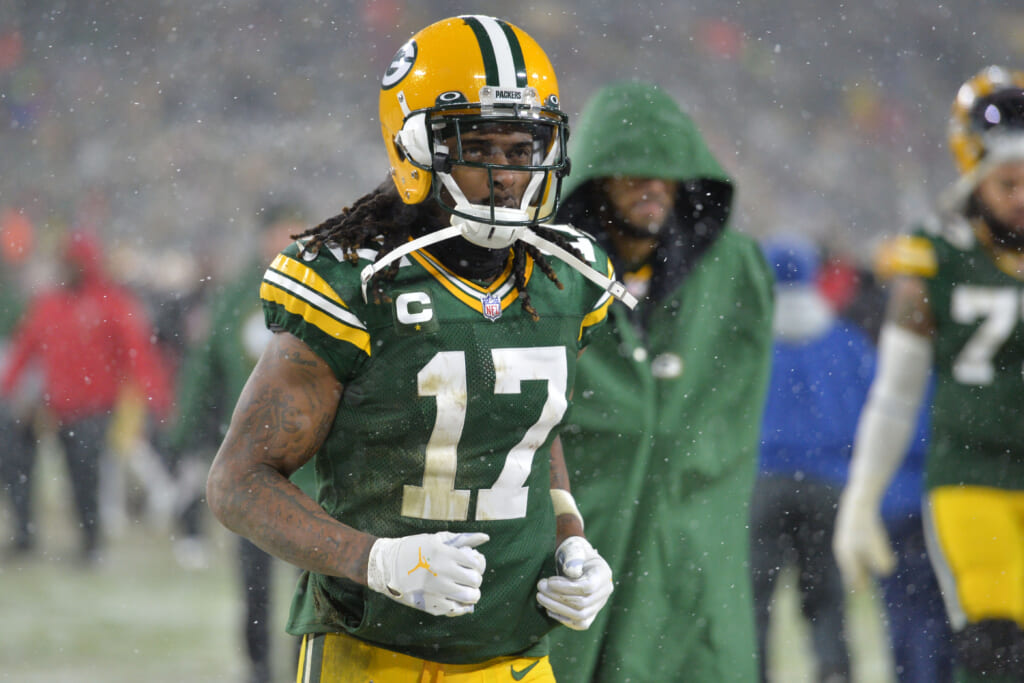
Head coach, and offensive play-caller, Josh McDaniels has a recent history of using three-wide receiver sets at a lower frequency than a majority of the league, which means Adams and Renfrow would take the lion’s share of snaps as the most productive and accomplished wideouts on the roster.
Take a look at where the New England Patriots ranked between the 2018 and 2021 seasons in terms of fielding three wide receivers simultaneously via SharpFootballStats:
- 2021: T-24th (56 percent)
- 2020: 25th (53 percent)
- 2019: T-24th (54 percent)
- 2018: T-30th (54 percent)
Within the same four-year span, the Patriots ranked top five in using 21 personnel (two running backs, 1 tight end, and two wide receivers) under McDaniels:
- 2021: 2nd (23 percent)
- 2020: 1st (37 percent)
- 2019: T-5th (14 percent)
- 2018: 2nd (28 percent)
McDaniels’ play-calling tendencies likely explain why the Las Vegas Raiders’ new regime signed former Patriots fullback Jakob Johnson, crowded the running back room, and cashed in on Edwards’ trade value, which leads us to a second reason why the deal made sense.
Raiders were smart to trade Edwards now and not later
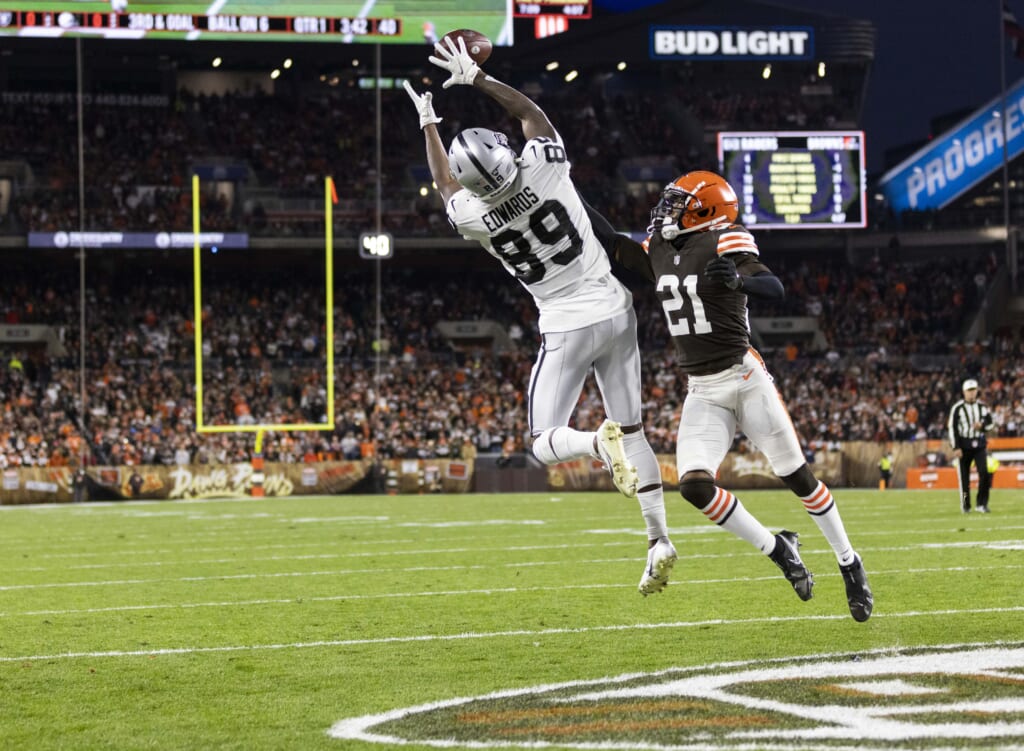
With a majority of targets likely going to Adams, Waller, and Renfrow, Edwards wouldn’t have much room for continued growth in McDaniels’ system. He may have seen a decline in his receiving numbers from last year as quarterback Derek Carr looks to his most reliable pass-catchers.
If Edwards didn’t see much growth through the 2022 season, teams interested in him would just have to wait another year before he hits the free-agent market in 2024, which gives clubs little reason to aggressively target him on the trade market.
From a Las Vegas Raiders’ perspective, Ziegler would’ve done his team a disservice if he tried to make a deal that involved Edwards after an underwhelming campaign. For the maximum value, you always trade a player while his production trends in the right direction rather than wait for slowed development or regression.
The front office’s decision to move Edwards now seems like a projection that he wouldn’t play up to his potential in McDaniels’ system.
For those who scoff at the compensation of a fifth-round pick, keep in mind that Renfrow and cornerback Nate Hobbs are both former fifth-rounders who quickly became key contributors at their respective positions.
The writing was on the wall for Bryan Edwards
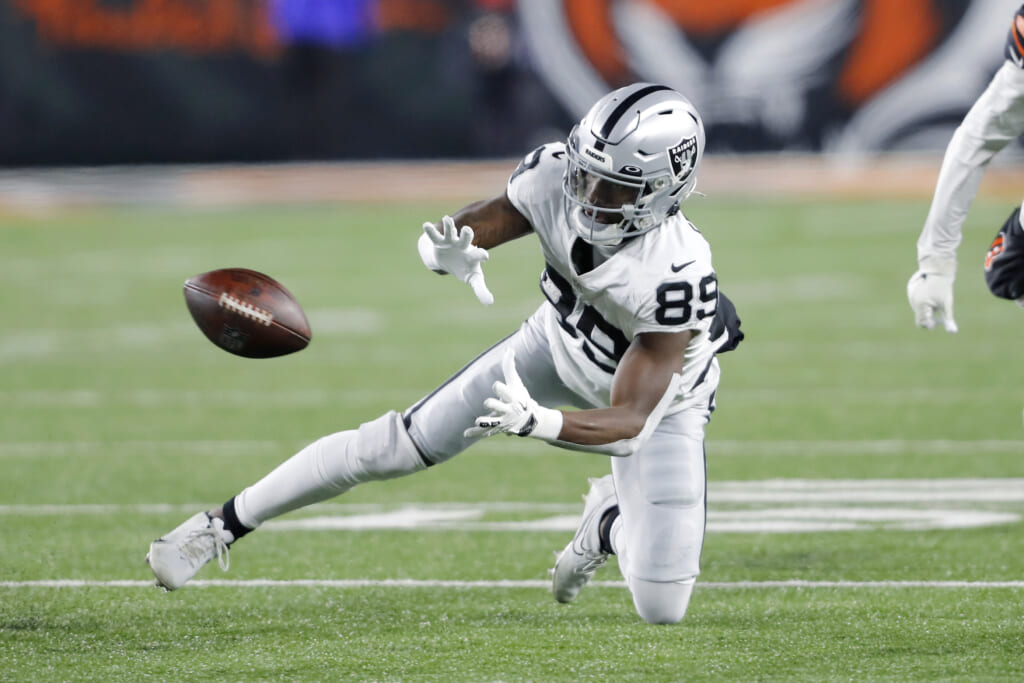
Before the Raiders dealt Edwards, they signed Demarcus Robinson early in free agency and added Keelan Cole last week. Both veteran wideouts have steady production in reserve roles on previous teams.
In 2017, Cole led the Jacksonville Jaguars in receiving yards (748) as an undrafted rookie out of Kentucky Wesleyan. In three out of his five seasons, he averaged at least 15 yards per reception, which illustrates his big-play ability.
Robinson has served as the fourth or fifth perimeter pass-catching option in the Kansas City Chiefs’ passing attack over the past five years. Despite limited opportunities, he scored at least three touchdowns in four consecutive campaigns and has a 63.9 percent catch rate. Ironically, Robinson had his best game as a pro against the Raiders, hauling in six passes for 172 yards and two touchdowns in a September 2019 matchup.
With Cole and Robinson on the roster, Edwards became an expendable player who can still generate trade interest because of his upside, but again, the Raiders had to make a move now before he lost some of that value as the fourth-best pass-catcher (at best) on the roster.
No, the Raiders didn’t have to trade Edwards, but the transaction makes logical sense in terms of the return for him and the strong possibility that a new offensive system might’ve diminished his opportunities in the passing game.
Maurice Moton covers the Raiders for Sportsnaut. You can follow him on Twitter at @MoeMoton.
